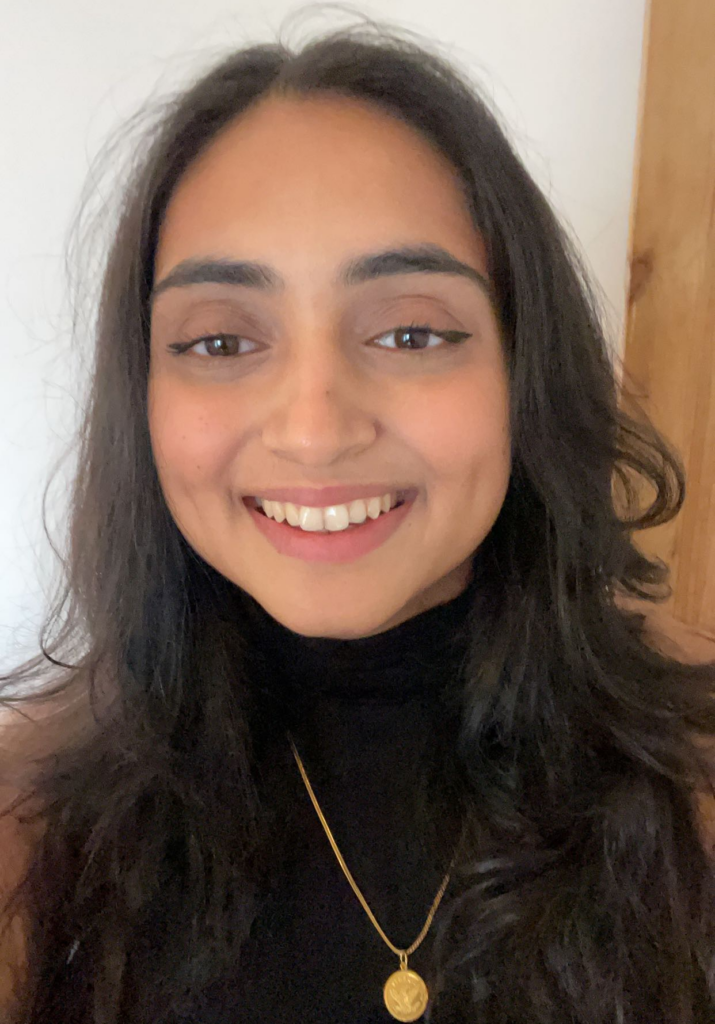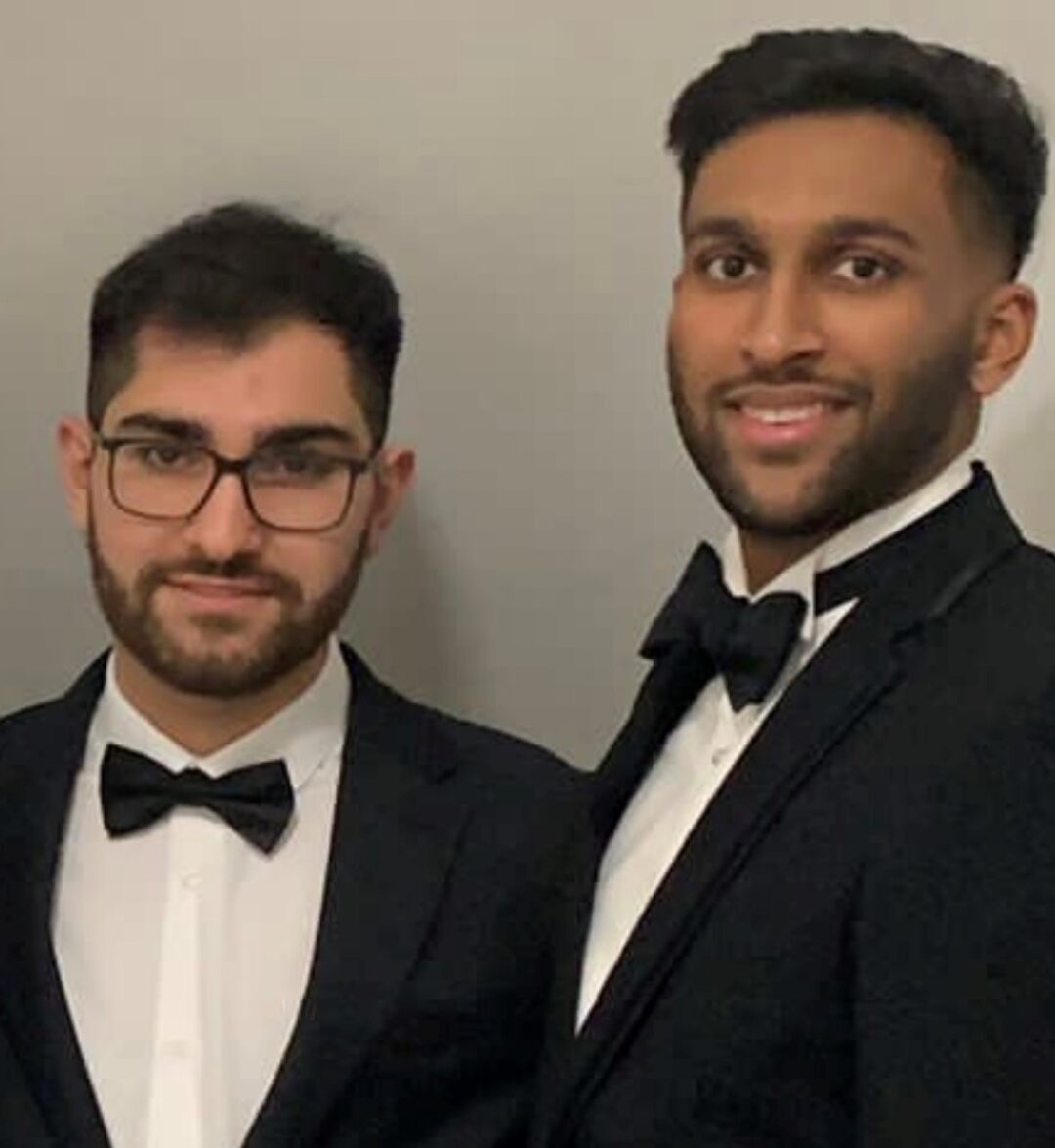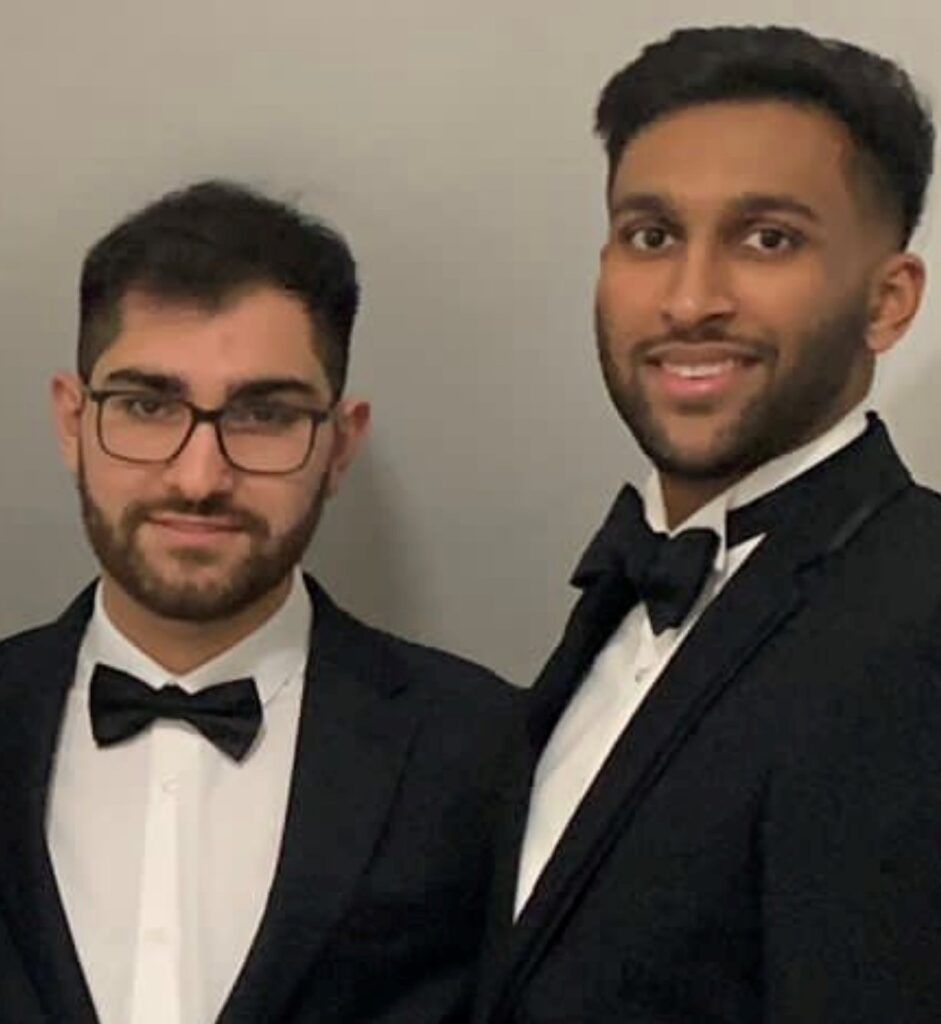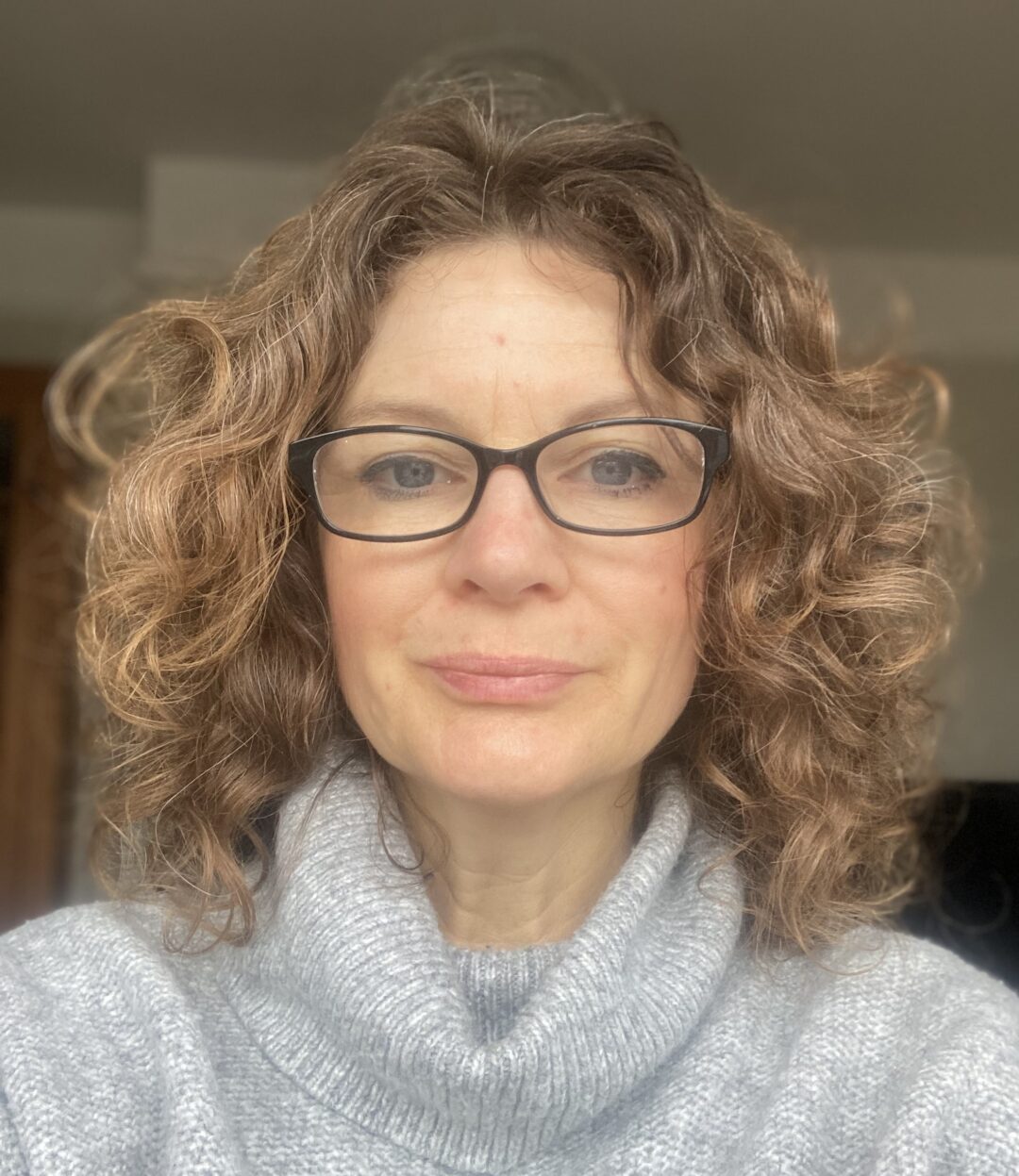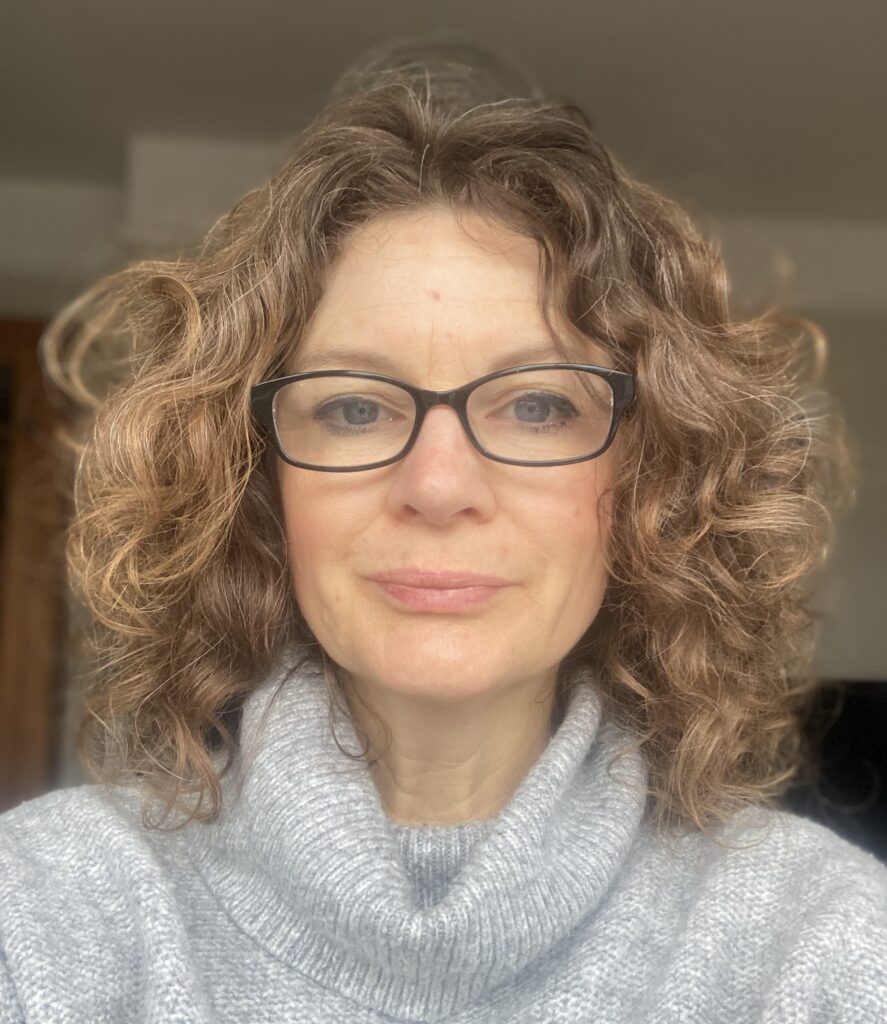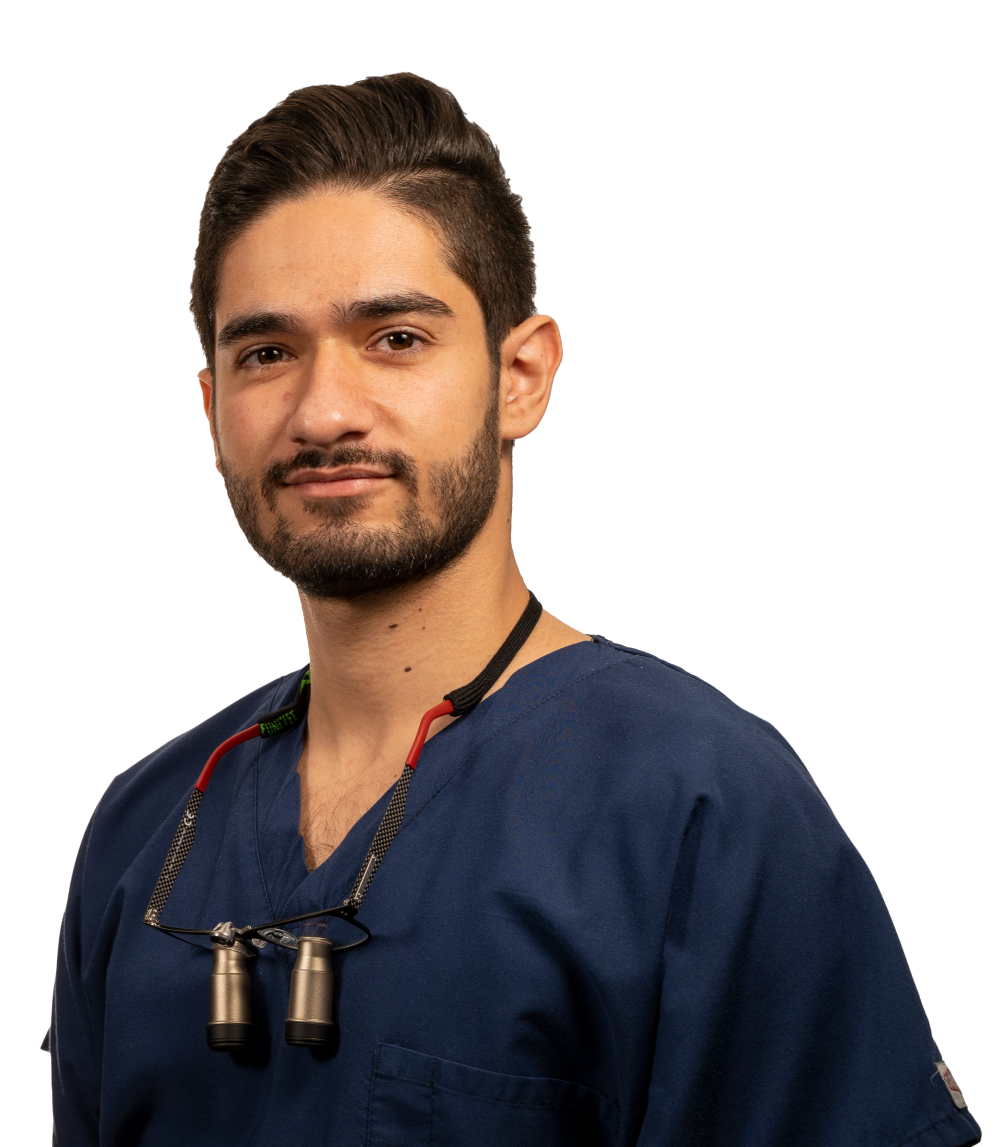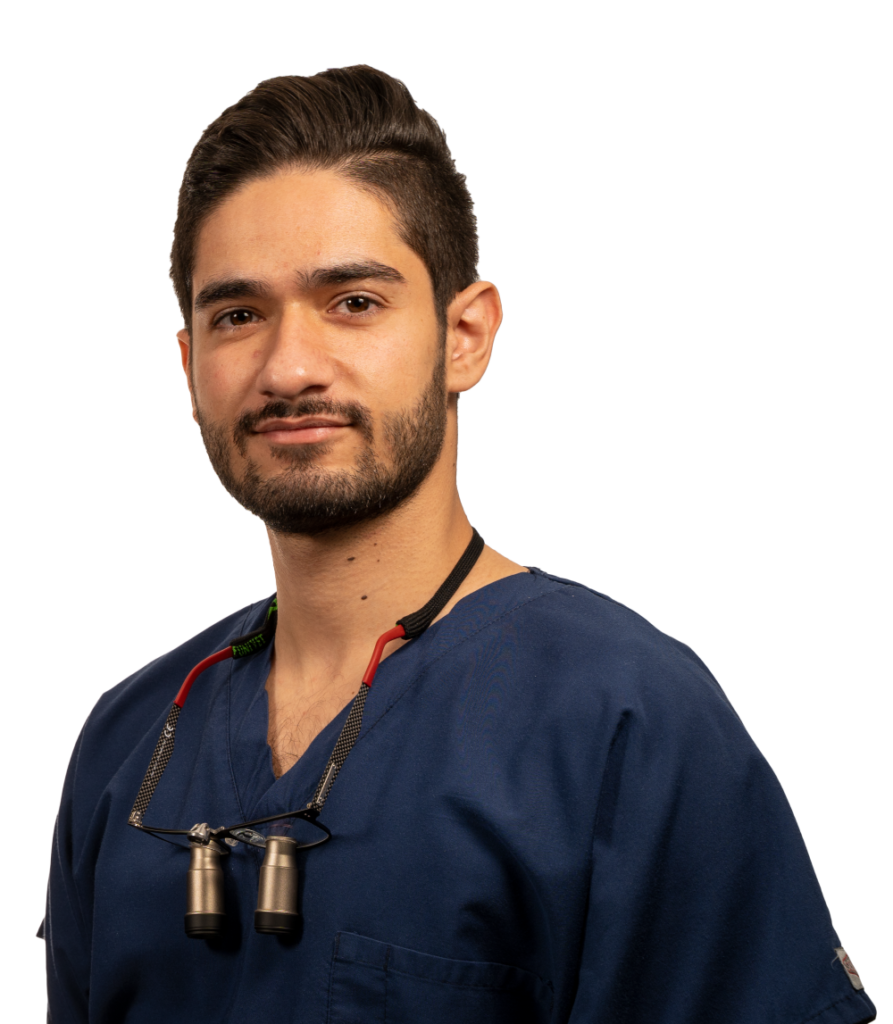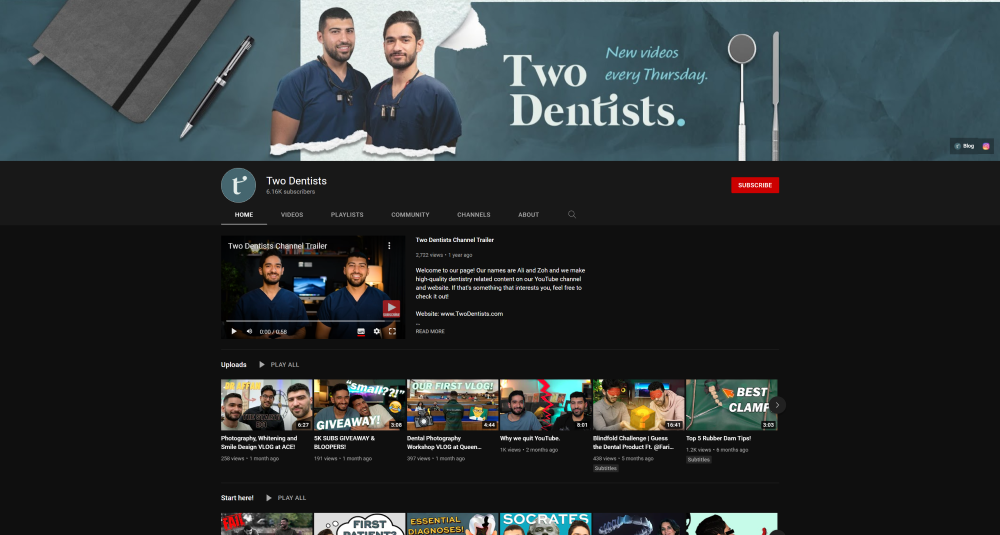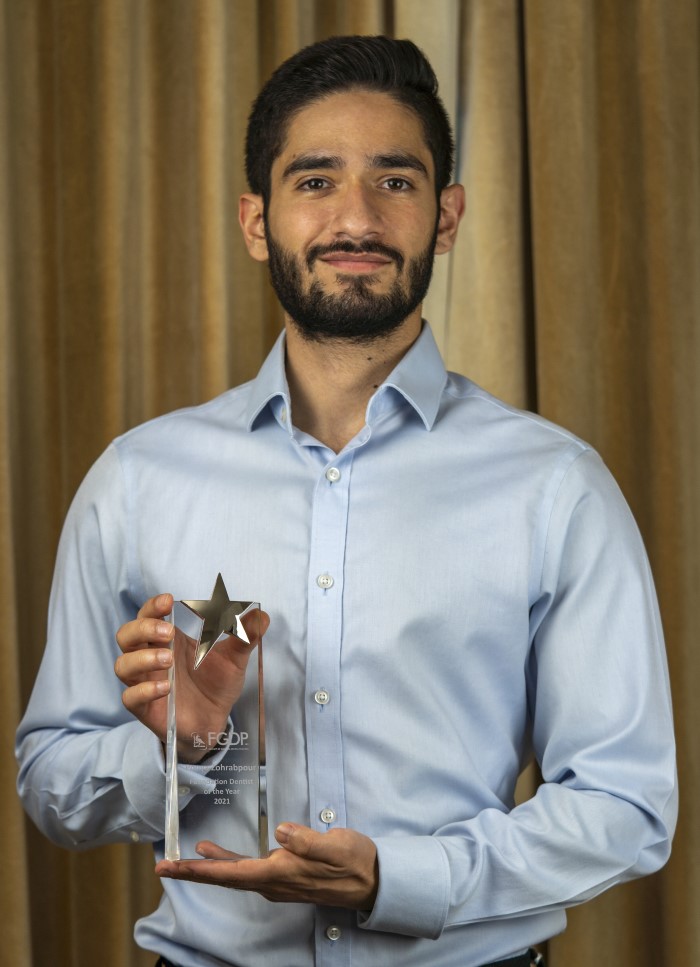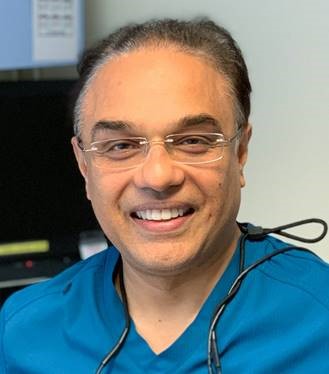As part of a new initiative to raise awareness of its mission to dental students and early career professionals, the College held its first ‘NextGen’ event on Saturday 25 November 2023.
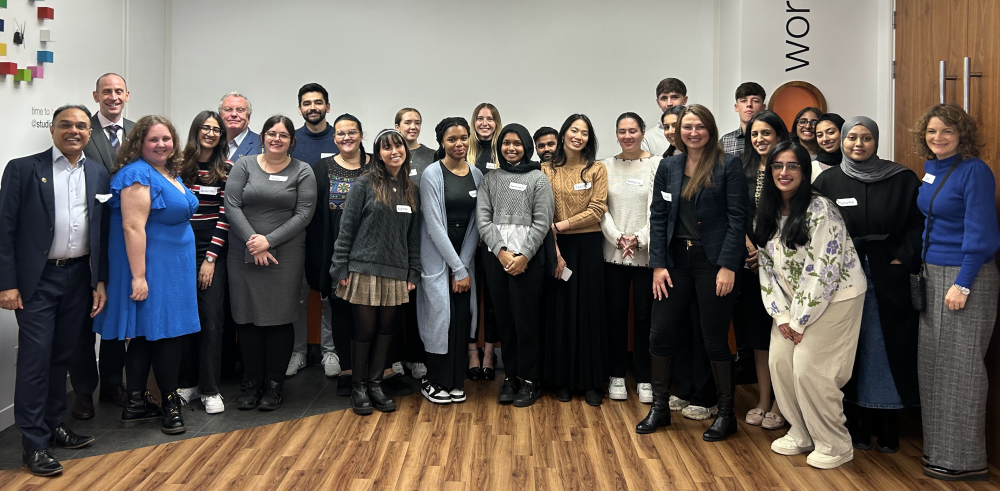
The CGDent NextGen Leadership Workshop, which took place in Manchester, was open to students on the Bachelor of Dental Surgery, BSc or DipHE Dental Hygiene and Dental Therapy, BSc Clinical Dental Technology and BSc Dental Studies courses at the University of Manchester, the University of Liverpool, the University of Birmingham and the University of Central Lancashire, as well as Foundation Dentists and Foundation Dental Therapists in the North West region.
Successful applicants were awarded a fully funded place at the one-day workshop, which explored the skills required for effective leadership in dentistry, through a series of talks, workshops and discussion. The day focused on the five competencies in the Agency Domain of the College’s Professional Framework for Career Pathways in Dentistry: autonomy, decision-making, influence, leadership and management.
Supported by five College facilitators, the delegates were encouraged to examine the key leadership skills and consider how they could develop them through short-term, medium-term and long-term goals.
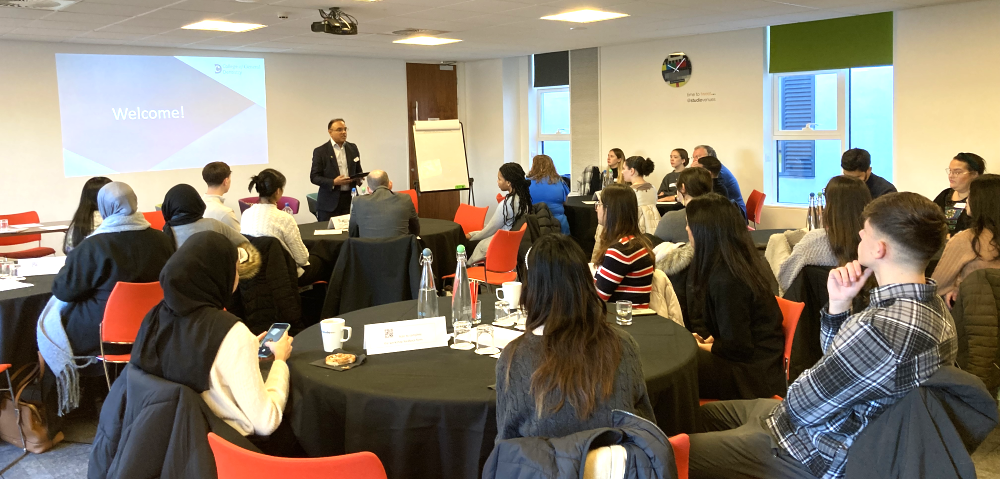
Christy, a BDS student at the University of Birmingham who took part in the day, said: “…it was great to meet the facilitators and other students there. Everyone was so welcoming, and the talks and activities were easily accessible – no matter what stage or area of dentistry we were in. I’ve learnt multiple ways to develop my skill set, information about the College of General Dentistry and thoroughly look forward to future events!”
Many of those who attended the workshop have become NextGen Ambassadors for the College, with the aim of raising awareness within their communities of CGDent’s mission and of the career support it offers to dental professionals.
The College wishes to thank the students and Foundation Trainees who enthusiastically took part in the day; the workshop facilitators who generously gave their time and expertise (Phillip Brown, Poppy Dunton, Roshni Karia, Abhi Pal and Sir Nairn Wilson); and the University of Manchester, University of Liverpool, University of Birmingham, University of Central Lancashire and Health Education North West for their support.


